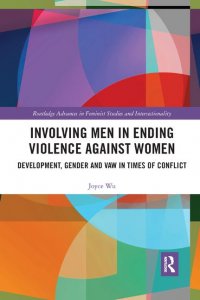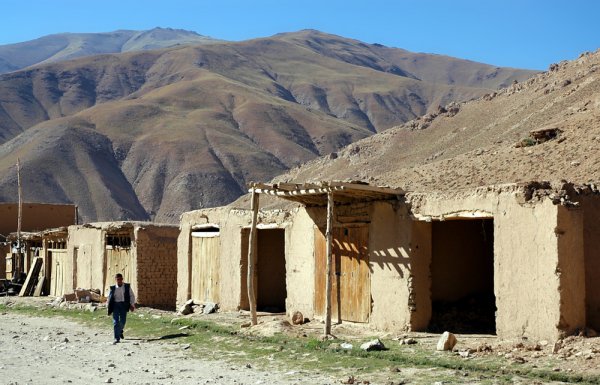The discovery of men’s potential as supporters of gender equality has caused much excitement in the current climate. Celebrities such as Harry Styles, Prince Harry, Stephen Fry and actors Mark Ruffalo and Forest Whitaker have endorsed the United Nations’ #HeforShe campaign, while countless sports people have signed on to be White Ribbon ambassadors each year.
The in-vogue approach of ‘add men and stir’ lacks the complexity necessary to tackle the widespread and endemic problem of male violence against women
However, the in-vogue approach of ‘add men and stir’ lacks the complexity necessary to tackle the widespread and endemic problem of male violence against women (VAW). There is a significant chasm between theory and practice, and the limitations of this approach come as no surprise to frontline practitioners.
Joyce Wu’s book Involving Men in Ending Violence against Women: Development, Gender and VAW in Times or Conflict is a timely consideration of the realities involved in such efforts, specifically in relation to whether such initiatives extend beyond the West to countries in conflict or post-conflict periods, taking insights from work in Afghanistan, Timor-Leste and Pakistan. The book seeks to uncover implicit truths related to men’s involvement, providing a much-needed assessment of the risks and requirements of any meaningful advocacy which seeks to involve men more centrally in the work to end violence against women globally.

Wu’s work is illustrative rather than comparative, showcasing various pitfalls which are more visible in different circumstances. She does not seek to prescribe recommendations or conclusions. Rather, she uses her fieldwork to highlight information missing from the larger mainstream conversations and the theoretical underpinnings.
She unequivocally demonstrates the inadequacies of a universal approach, acknowledging the complexity that surrounds masculinity and violence in different contexts.
Similarly, Wu illuminates the limitations and dangers of short, non-transformative interventions or programs in conflict or post conflict regions. Such efforts, she argues, are unlikely to transform gender relations or eliminate violence against women. Rather, they are likely to reinforce and reproduce stereotypes of men as heroes and women as victims. In so doing, men are able to consolidate and increase their power and resources.
This is perhaps the biggest warning present within Wu’s work; efforts which seek to increase the involvement of men in VAW initiatives might just as easily transform into benevolent patriarchy.
The theoretical insistence on the inclusion of men in women’s advocacy can, and often does, result practically in a focus on men alone. Initiatives to further involve men in VAW advocacy are donor driven, and as such, highly susceptible to exploitation. This is true in the West, but even more prevalent in conflict and post-conflict societies. By inserting themselves in VAW initiatives, men, who are already comparatively privileged, can actually increase their access to funds, recognition and accolades.
One of more subtle observations in the book is the extent to which the existing involvement of men by local NGOs is overlooked by international donors
Perhaps one of more subtle observations in the book is the extent to which the existing involvement of men by local NGOs is overlooked by international donors. These organisations already involve men in their work in a myriad of ways, as doctors, law makers or local advocates, and have a deeper understanding of the local contexts. However, initiatives focused solely on the inclusion of men threaten to divert funds away from the tangible work these organisations are already doing. The trend towards the inclusion of men both underestimates and undermines the work of women’s organisations in the field of VAW.

‘Involving men’ calls for a deeper understanding and appreciation of local contexts
Wu calls for a greater appreciation of local dynamics and greater respect for the knowledge and understanding of local frontline organisations.
In a time when men’s activism is often accepted as a gift with little hesitation or consideration, Wu slows down to observe the ramifications of this. She does not celebrate the mainstream lunge to involve men in efforts to end violence against women, nor does she deride it.
Rather she offers necessary caution and points for introspection, reminding readers that feminist analysis has always called on us to reflectively consider our roles in the issues we wish to solve, and the wider consequences of our actions regardless of intention.
This book is an insightful, reflexive, and deeply considerate piece of work. A highly recommended read to anyone working in feminist, advocacy, and development spaces.




